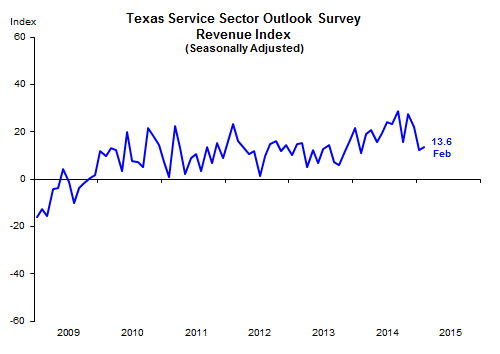Business Expectations Survey Business outlook cools
Post on: 16 Март, 2015 No Comment

Business outlook cools
3 February 2015
Sales and profits expected to ease after Christmas boost
After reporting a strong end to the year the business sector has trimmed its short-term outlook for sales and profits, while indicating plans to increase employment.
According to Dun & Bradstreet’s Business Expectations Survey. the sales expectations index for Q2 2015 has eased to 33.6 points, down from the previous quarter’s 10-year high of 38.7 points and flat compared to the same time last year. The correction comes as a fewer businesses expect increased sales in the next three months and slightly more anticipate reduced activity.
Additionally, the survey reveals a moderating outlook on earnings for the second quarter, with the profit expectations index dropping to 20.4 points, down from 25.9 points last quarter and 20.7 points a year earlier. Thirty-three per cent of businesses expect higher profits in the quarter ahead, while 13 per cent anticipate lower earnings and the majority flat results.
Despite the softer outlook for sales and earnings, employment expectations have lifted for a seventh consecutive quarter, indicating that a longer-term optimism exists among business owners. Thirty per cent of firms expect to hire during Q2 2015 compared to seven per cent that will reduce their staff numbers, lifting the employment expectations index to 23.0 points, up from 16.1 points last quarter and 9.2 points in 2014.
The outlook on employment is the most positive for 10 years and follows data from the ABS showing that the unemployment rate fell to 6.1 per cent, with more than 37,000 jobs added in December.
The soft investment activity that was measured during 2014 appears set to continue through the first half of this year, with Dun & Bradstreet finding that just 18 per cent of respondents plan to increase capital investment during Q2 2015, while seven per cent will cut spending and 75 per cent will maintain current levels. The response has seen the capital investment index drop to 10.9 points, down from 14.9 points last quarter.
After lifting to a three-year high for the first quarter of 2015, slightly fewer businesses have reported an intention to raise their prices in the June quarter, taking the selling price expectations index down from 26.3 points to 24.3 points.
According to Gareth Jones, CEO of Dun & Bradstreet in Australia and New Zealand, the survey findings suggest that the business sector has reappraised its view of the economy’s immediate prospects.
The healthy optimism that was recorded for the first quarter of year appears to have dissipated amid uncertainty about near-term economic growth and an unsettled operating environment, said Mr Jones.
Dun & Bradstreet now expects Australia to achieve real GDP growth of just 2.3 per cent this year, while last month the IMF downgraded its growth forecasts for both China and the world economy.
Confusing the local scene is a variable currency, falling oil price, sharemarket turbulence and fragile consumer confidence.
While the Business Expectations Survey reveals that forward-looking expectations have softened, they do remain above their 10-year average. In addition, the actual performance reported by businesses for the end of 2014 was strong, Mr Jones added.
Corresponding to a reported surge in consumer spending through the Christmas period, D&B’s survey has revealed a healthy increase in reported sales and profits for Q4 2014, particularly from businesses in the retail, finance, manufacturing and wholesale sectors.
Across all sectors, the actual sales index hit 29.1 points for Q4 2014, up from 17.3 in the previous quarter and 17.6 points a year earlier.
Additionally, the actual profits index jumped to 15.8 points, up on 7.8 points in Q3 2014 and just 3.9 points the year before.
Reported employment activity also increased, while capital investment and selling prices during the fourth quarter of 2014 were relatively flat.
According to Stephen Koukoulas, Economic Advisor to Dun & Bradstreet, the June quarter findings have stalled the generally positive trend witnessed through the bulk of 2014.
Given that the relative strength of the business outlook during 2014 coincided with below trend GDP growth and unemployment above six per cent, this recent dip in expectations suggests downside risks for the economy from an already soft starting point.
Of most concern is the drop in expectations for sales, profits and capital expenditure, all of which have weakened appreciably, said Mr Koukoulas.
There is, however, some good news in a further increase in hiring expectations which, if sustained, may help to keep a lid on the unemployment rate as the year unfolds, Mr Koukoulas added.














